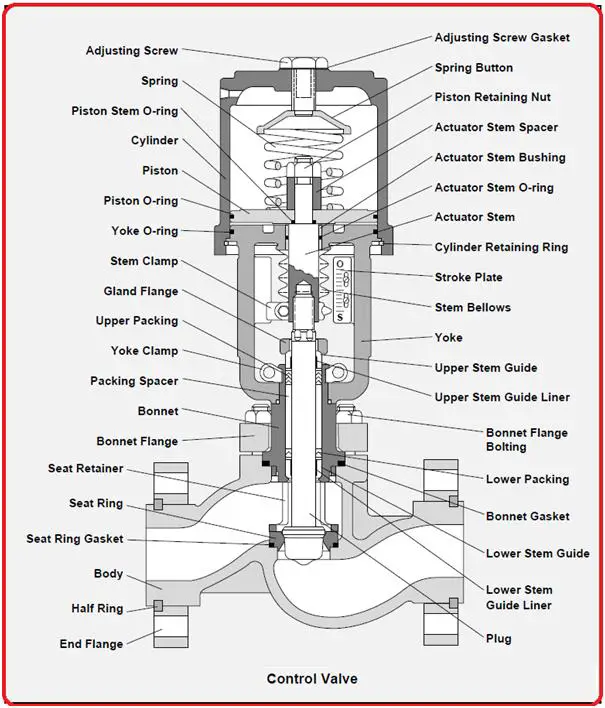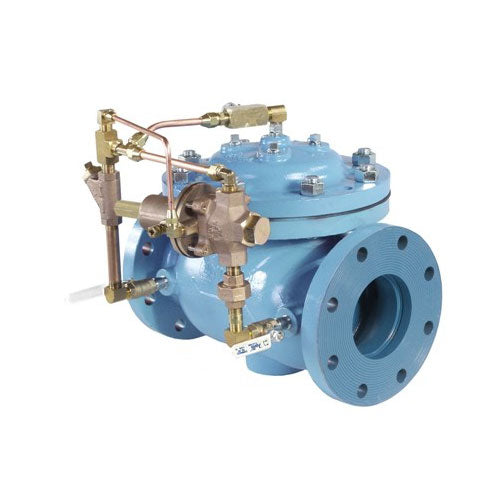
Maximize Power Cost Savings and Comfort With Advanced Structure Automation Controls
In the world of modern style and center monitoring, the integration of sophisticated structure automation manages stands as a pivotal development. By utilizing the power of automation, buildings can adjust, react, and progress in methods that were when unthinkable.
Power Performance Advantages
Power effectiveness advantages can dramatically decrease power consumption and operational expenses in buildings. By carrying out energy-efficient methods and technologies, building proprietors and operators can attain considerable financial savings while additionally adding to environmental sustainability. One of the main advantages of boosting energy performance in buildings is the decrease of energy bills. Energy-efficient systems, such as sophisticated structure automation controls, can enhance making use of resources like home heating, illumination, and cooling, leading to reduced power expenses with time.
Moreover, boosted power performance can lengthen the life expectancy of building devices and systems. By operating extra efficiently, cooling and heating systems, lighting components, and other structure elements experience much less deterioration, causing decreased upkeep and substitute costs. In addition, energy-efficient buildings frequently regulate higher residential or commercial property values and rental rates, offering long-term monetary advantages to owners.
Furthermore, power performance can boost passenger convenience and efficiency. Effectively controlled interior environments with ideal lighting and thermal conditions develop a more conducive and pleasant office, bring about improved employee fulfillment and performance. Overall, the power performance advantages related to sophisticated structure automation controls are diverse, incorporating price savings, ecological stewardship, and resident wellness.
Enhanced Comfort Control
Enhancing comfort control in structure atmospheres calls for a sophisticated combination of innovative automation systems for optimal passenger wellness. By making use of innovative building automation controls, centers can customize the indoor setting to fulfill the certain demands and preferences of occupants. control valves.
Enhanced convenience control surpasses basic temperature level modifications. It consists of attributes such as personalized setups, tenancy sensing units, and all-natural light use to develop a receptive and dynamic setting. By integrating these sophisticated controls, buildings can not just improve convenience but additionally improve power performance by maximizing system operations based on actual tenancy and usage patterns. Eventually, focusing on resident convenience through sophisticated automation systems brings about an extra enjoyable and healthier indoor setting.
Operational Effectiveness Improvements

Additionally, the application of real-time surveillance and analytics devices allows structure drivers to recognize power inefficiencies and functional anomalies without delay. By continuously checking power usage patterns click for more info and system performance metrics, adjustments can be made in real-time to enhance energy intake and guarantee peak functional effectiveness. control valves. In addition, including need response strategies into structure automation controls can further improve operational performance by dynamically readjusting energy usage based on grid problems and prices signals
Indoor Climate Optimization
Effective indoor environment optimization is a basic facet of building automation controls, ensuring passengers' convenience and wellness while making the most of power financial savings. By making use of sophisticated sensors and controls, building automation systems can constantly check and readjust temperature level, moisture levels, air quality, and ventilation to create an optimal interior environment. Maintaining comfy and regular conditions not only boosts occupant fulfillment but additionally boosts performance and overall well-being.
Interior environment optimization also plays an important duty in energy efficiency. By fine-tuning air flow, home heating, and cooling systems based on real-time data and occupancy patterns, developing automation controls can substantially decrease energy usage - control valves. For example, implementing techniques such as demand-controlled air flow and thermal zoning can help decrease energy waste while making sure that each area of the building obtains the required conditioning.

Lasting Setting Development
Structure automation manages not just enhance interior climate conditions for power efficiency and owner convenience however also lay the foundation for producing a sustainable atmosphere via tactical monitoring of resources and systems. By incorporating innovative building automation Extra resources technologies, such as sensing units, actuators, and smart software application, facilities can readjust and monitor energy usage in real-time to minimize waste and decrease their carbon footprint. These systems allow predictive maintenance, determining prospective issues before they escalate and optimizing tools performance to improve durability and effectiveness.
Moreover, lasting environment development extends beyond energy monitoring to incorporate water conservation, waste reduction, and indoor air quality enhancement. Building automation controls can control water use, identify leaks, and make sure appropriate waste disposal practices, adding to overall sustainability efforts. Furthermore, by controlling and keeping track of air flow and filtering systems, these technologies boost resident wellness and productivity while lowering energy intake related to HVAC procedures.
Conclusion
Finally, progressed building automation manages offer considerable advantages in terms of energy savings, convenience control, functional effectiveness, interior climate optimization, and creating a lasting environment. By applying these controls, structures can attain ideal performance while minimizing power consumption and boosting owner comfort. It appears that making use of sophisticated automation modern technology is important in improving building efficiency and creating a much more sustainable future.
Power efficiency advantages can considerably decrease energy usage and operational costs in buildings. Generally, the power performance advantages connected with innovative structure automation controls are complex, encompassing expense financial savings, environmental stewardship, and occupant wellness.
Furthermore, including need action strategies into building automation controls can better improve operational efficiency by dynamically readjusting energy use based on grid conditions and rates signals.
Structure automation regulates not only maximize interior climate conditions for power efficiency and occupant Our site convenience yet likewise lay the structure for creating a sustainable environment through strategic management of resources and systems.In final thought, progressed structure automation manages deal considerable benefits in terms of power cost savings, comfort control, functional efficiency, indoor climate optimization, and creating a sustainable environment.